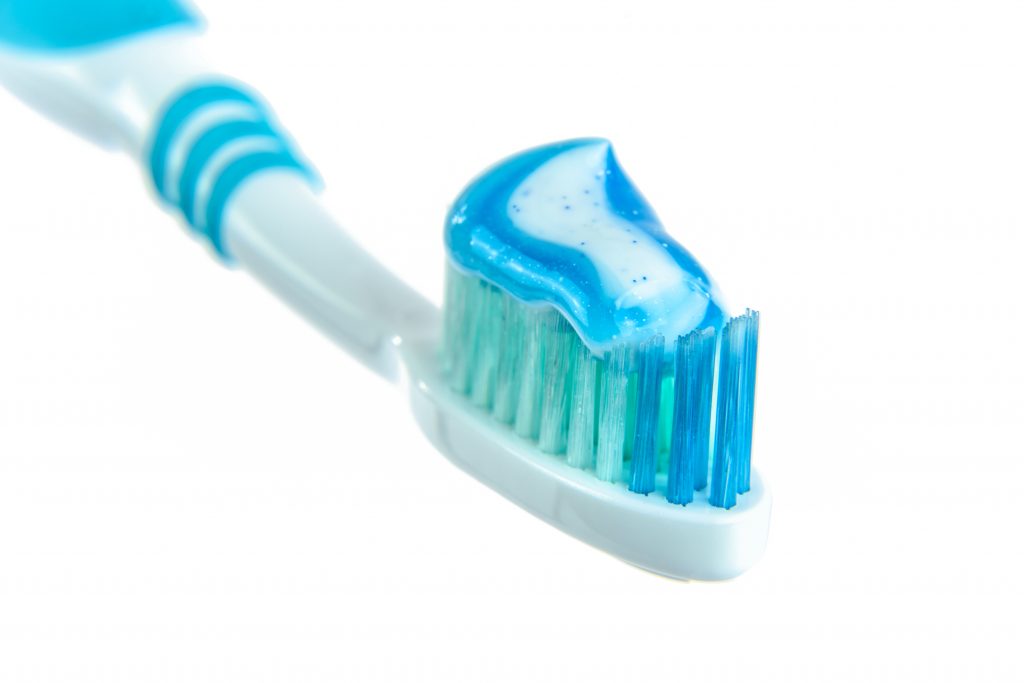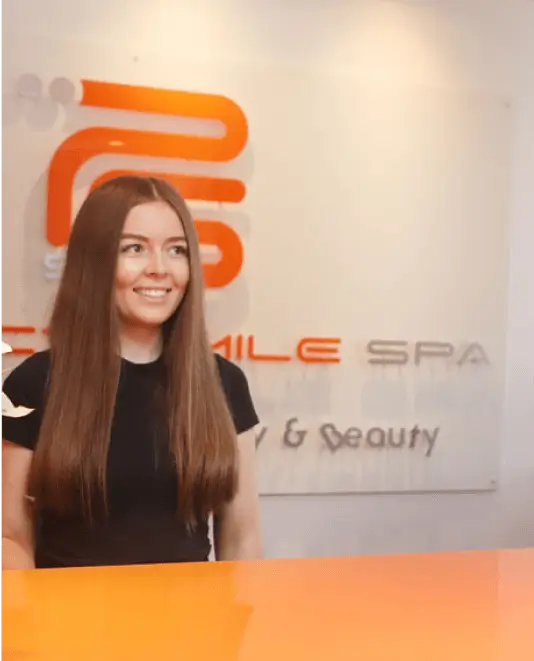We receive many emails and phone calls regarding teeth brushing and tooth paste. There are so many different types available it’s easy to get confused which are the best ones to use.
Toothbrushes
The toothbrush most dentists recommend is a small headed, soft bristle brush. The small head allows you to reach difficult areas, whilst the soft bristles are gentle on your gums but still remove plaque and debris effectively.
Electric brushes are also recommended. These brushes are particularly good for patients who have difficulty brushing or have limited movement to their arm/wrist. Many also have a timer which informs you when you have brushed your teeth for the recommended 2 minutes.
All dentists advise that you brush your teeth twice a day and use floss or interdental brushes at least once a day too. Brush your teeth for 2 minutes. If you are using a manual brush mentally section your mouth into 4 and brush for 30 seconds in each section. Never brush your teeth directly after eating as this can damage your teeth. Eating fruit, drinking fizzy drinks, wine and other foods containing acid makes tooth enamel soft, and brushing after eating can wear the enamel away.

You should change your toothbrush every 3 months or if the brush starts to show signs of wear, whichever is first. You should never share toothbrushes. The bristles harbour bacteria and you can spread infections.
What is the best Toothpaste to use?
There is such a variety of toothpastes available and it’s important you choose the best one for you. Your dentist or hygienist will be able to advise a suitable toothpaste for you. The fluoride concentration is very important.
Children up to the age of 3 should only use a tiny amount, smaller than a pea. The fluoride concentration should be no less than 1,000ppm. The packaging should tell you the fluoride concentration.
Children up to the age of 6 can use a pea size amount containing 1350-1500ppm fluoride.
Adults need to use a toothpaste that contains more than 1350ppm fluoride.
What is the correct way to brush my teeth?
- Tilt your toothbrush upwards at a 45⁰ angle against your gumline
- Using small strokes gently sweep or roll the brush away
- Continue this until all the outside surfaces have been brushed
- Use the same method for the inside of your teeth
- Don’t forget to clean your tongue too. Gently brush to remove bacteria or use a cleaner specifically for this purpose.
Never rinse your mouth with water after you have brushed, just spit any remaining toothpaste in your mouth out. It is important to keep the fluoride from the toothpaste on your teeth.
Should I use mouthwash?
Like toothpastes, there are many different types of mouthwashes available. It’s best to use an alcohol free mouthwash.
Many contain an antiseptic which helps reduce the bacteria in your mouth which can cause cavities, gingivitis and bad breath. Never use a mouthwash straight after brushing as you will be washing away the fluoride left on your teeth after spitting out. After using mouthwash don’t eat or drink for at least 30 minutes.
Is tooth brushing enough?
Sometimes you may need extra help in keeping your teeth and gums clean and healthy. Everyone should see a Hygienist at least every 6 months. Hygienists have special instruments that help to clean areas you cannot reach with your toothbrush. They will advise you how best to clean your teeth and the best technique to use. They will also advise on areas you need to pay more attention to and which interdental brushes or floss to use. You should also see the dentist every 6 months for an examination.
This post is by Dr Jas Sagoo who is the principle dentist at Perfect Smile Spa in Essex.The Best Way to Clean my Teeth was last modified: July 2nd, 2018 by Dr Jas Sagoo



 132a High Street
132a High Street 01708442114
01708442114  care@perfectsmilespa.co.uk
care@perfectsmilespa.co.uk


